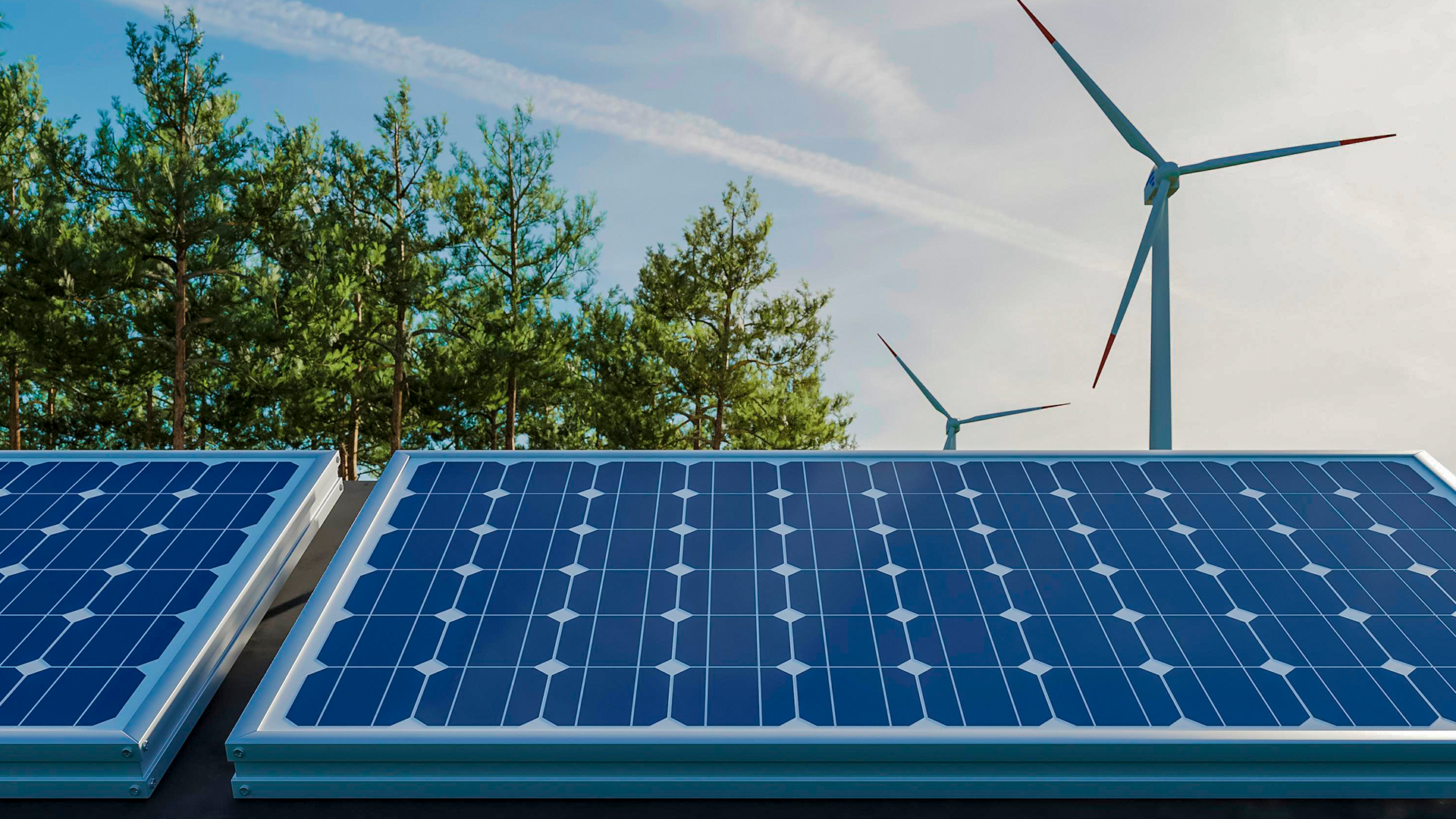With a massive clean energy rollout underway, South Africa is raising the bar. The latest renewable energy masterplan reveals a renewed focus as the country now targets solar and wind component manufacturing, job creation, and economic revival powered by renewables.
South Africa Sets Sight on the ‘Next Phase’ of Renewables with a Bold Industrial Push

South Africa’s renewable energy sector is undergoing a significant shift.
While the past focus was primarily on power generation, the latest master plan signals renewed ambitions. The country is now positioning its boom in solar, wind, and battery storage as the foundation for a full-scale industrial renaissance.
According to Michael Mukwevho, a South African sustainability lecturer and solar equipment entrepreneur, the South African Renewable Energy Masterplan (SAREM) represents “perhaps the most ambitious effort yet to convert clean kilowatt-hours being added to the grid into jobs, factories, and to catalyze economic sovereignty.”
“It remains a great plan that needs to be implemented before we can commend it, but it takes the conversation about renewables to the next level… If the plan can be actualized, we will have created a sustainable economy powered, significantly, by clean sources,” he shared in a written interview.
South Africa is one of the frontrunners in renewable energy adoption. Ministry data indicates that the share of renewables in national electricity generation has grown from less than 1% in 2000 to nearly 7% in 2022, with solar accounting for the lion’s share of this growth.
In 2024 alone, the country added 1.1 GW of solar capacity, building on a record year for installations in 2023. This figure represents almost half of the 2.4 GW of solar installed across Africa in 2024, according to a 2025 report by the New Global Solar Council.
Projections suggest this momentum will continue, driven by rapid private sector investment.
A report unveiled this week by GreenCape forecasts that 6 GW of new private solar PV and over 3.5 GW of private wind capacity will be installed in South Africa by 2030, with these subsectors attracting more than R132 billion (over US$6.5 billion) in investments.
Yet, despite this progress, a critical weakness remains: an estimated 80% of solar photovoltaic components are still imported.
South Africa imported R17.5 billion (over US$900 million) worth of solar panels in 2023—three times the R5.6 billion (about US$288 million) spent in 2022, according to data shared by Southern Transitions, a climate and transition think tank.
The new master plan envisions a shift from importation to in-country manufacturing of these components.
“By mandating local content thresholds and strategically targeting manufacturing niches, South Africa aims to capture more value from its clean energy rollout,” Sabohanye explained.
At the heart of the plan are Special Economic Zones like the Boegoebaai hub in the Northern Cape and the Atlantis Green Special Economic Zone—already emerging as critical testing grounds.
These zones offer targeted incentives to both global and local investors, fostering a conducive environment for innovation and large-scale manufacturing.
Already, a spot check of some SEZs reveals surging investor activity, particularly among those targeting local manufacturing of solar and wind components.
In a past interview, Atlantis Special Economic Zone CEO Mark Cullinan revealed there was a “mix of local and international investors” in the Western Cape-based zone.
“An investor like GRI has injected R475 million (US$26 million) into the zone. The Spanish company plans to start manufacturing wind towers for wind turbines,” he explained in a 2022 interview with bird story agency.
GRI Industries projects it will manufacture up to 150 towers a year at full operational capacity from its South African plant.
Other manufacturers in Atlantis include the Quantum V3 facility located in Zone 1. With an investment of R30 million (more than US$1.5 million), the facility will establish a green manufacturing plant focused on supplying medical and industrial gases.
According to Engineering News, the ASEZ has attracted R815 million (over US$40 million) in capital investment and created more than 420 permanent jobs.
Beyond solar and wind component manufacturing, the plan also targets battery component production—a sector where local demand continues to surge as the continent’s transition to electric mobility and renewable energy storage accelerates.
With successful local industrialization using solar and wind technologies, the plan envisions leveraging these resources to drive green hydrogen production in the country.
The South African government aims to deploy 10 GW of electrolysis capacity in the Northern Cape region by 2030, and 15 GW by 2040, according to the Green Hydrogen Organisation.
Currently, a range of pipeline projects and initiatives are spread across the country, including the Boegoebaai SEZ, the Western SADC Green Hydrogen Corridor, and the Prieska Energy Cluster, among others.
The plan also envisions expanding the country’s storage capacity from less than 1 GW today to between 50 and 60 GW by 2030.
According to Sabohanye, “implementation of the SAREM plan would have a tremendous impact on the economy—not just by lowering the cost of production but also in terms of creating more job opportunities.”
The SAREM plan projects 25,000 new jobs in renewable energy manufacturing by 2030.
However, Sabohanye warns that persistent challenges, such as grid infrastructure gaps, could limit the plan’s actualization, noting that these need “urgent modernization to handle renewable energy’s variability.”
“It’s a real challenge—our grid wasn’t built for renewables. Without urgent upgrades, even the boldest plans will stall,” he said.
Eskom estimates that up to R390 billion (over US$20 billion) is needed in grid investments across South Africa.
“The real work begins now—we need to continue our collective efforts in making this plan a reality,” Rethabile Melamu, CEO of the South African Photovoltaic Industry Association (SAPVIA), told pv magazine.







Comments
adamgordon
Thanks for sharing this information is useful for us.